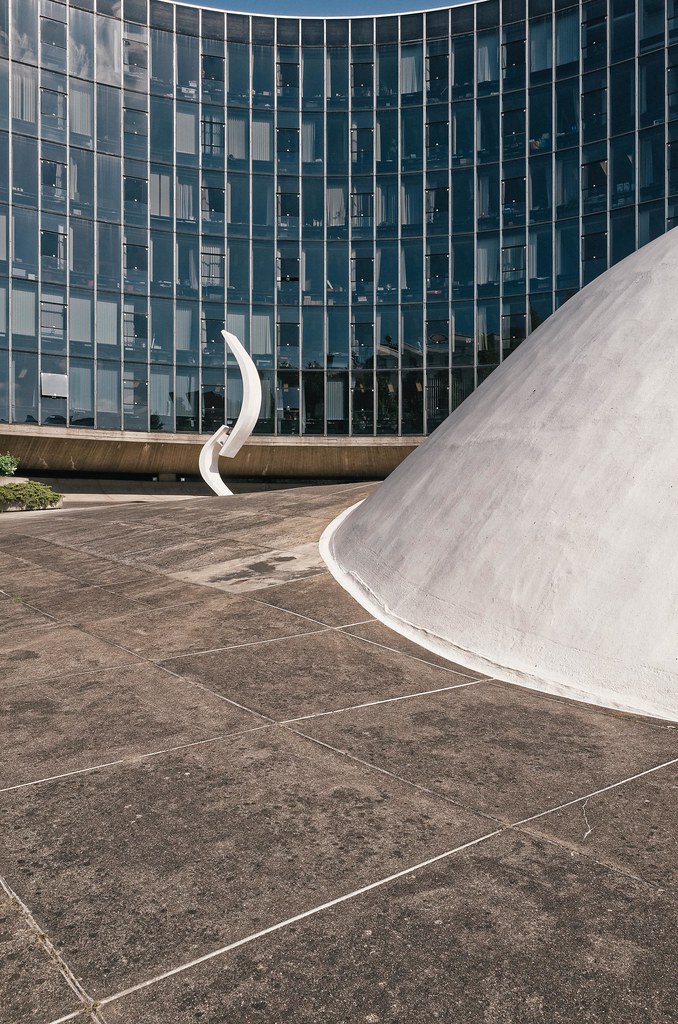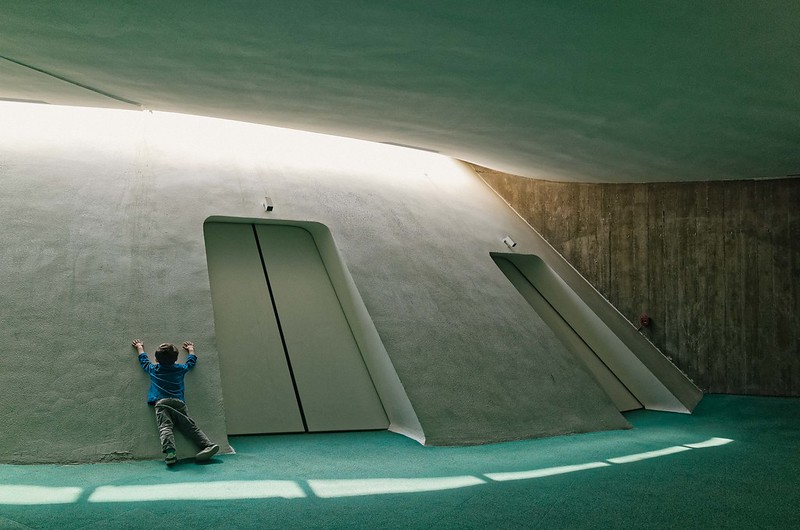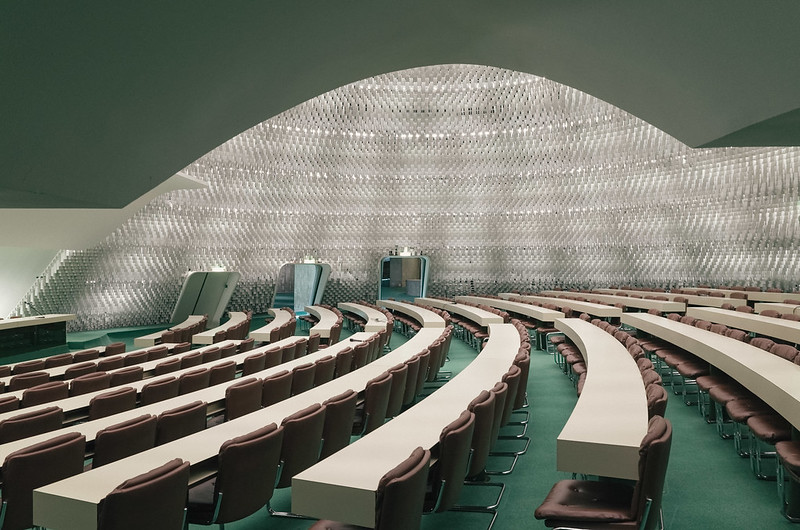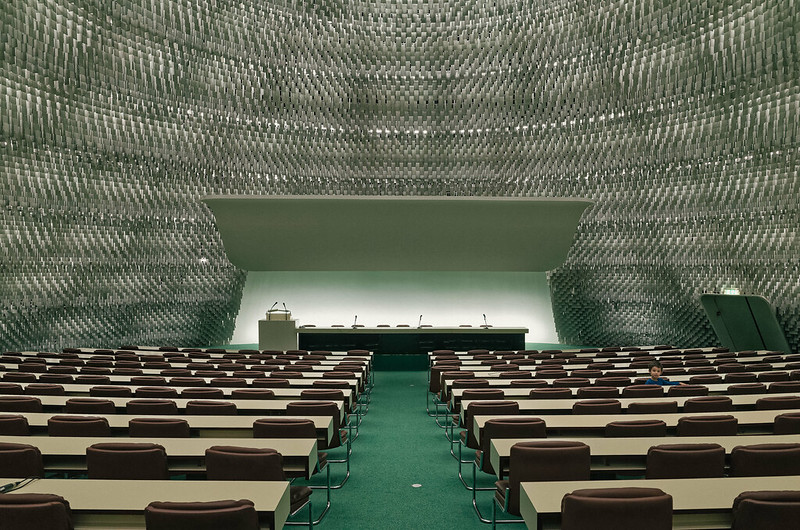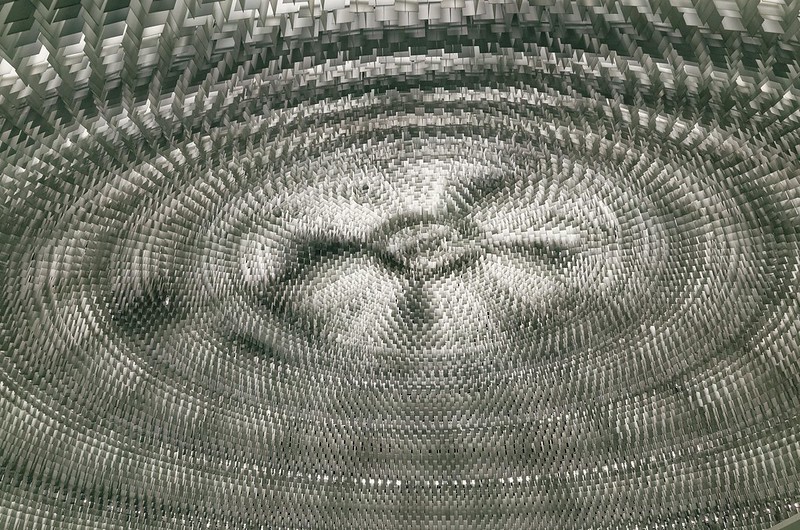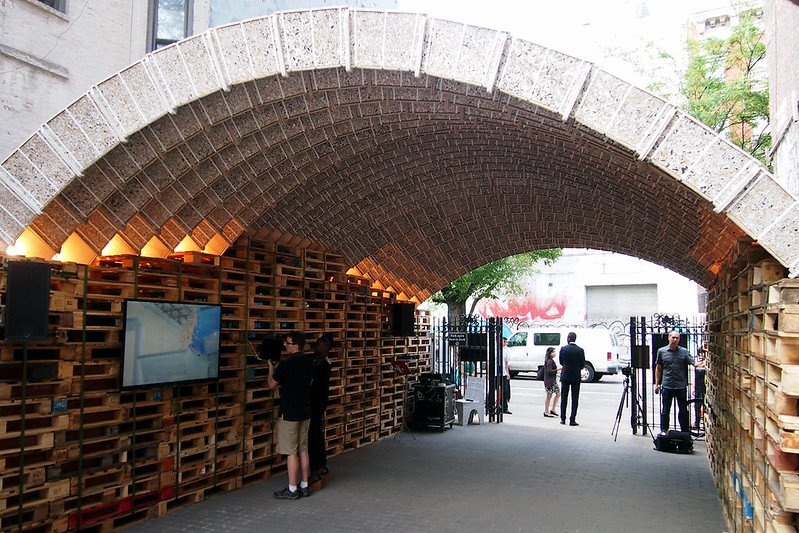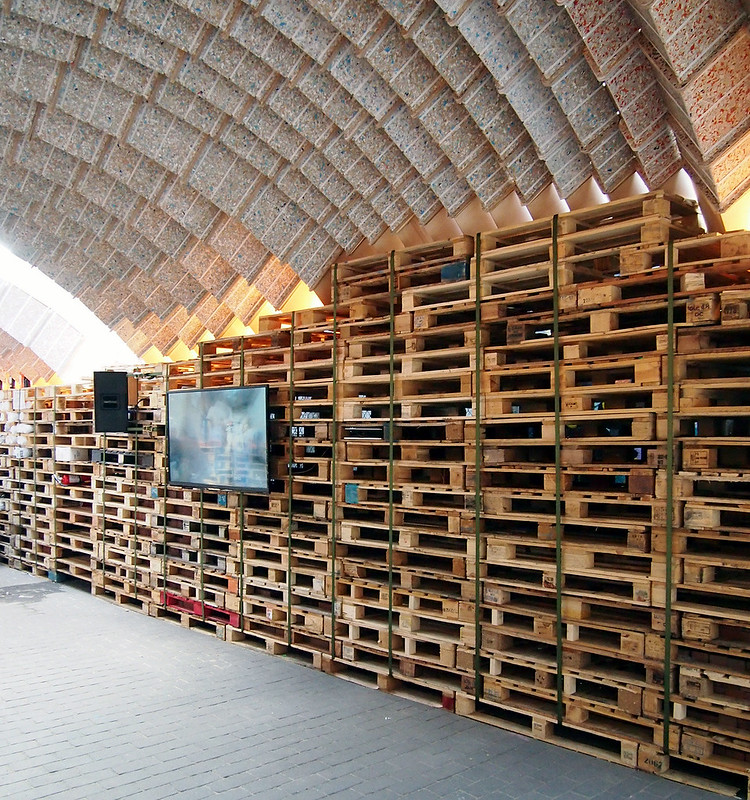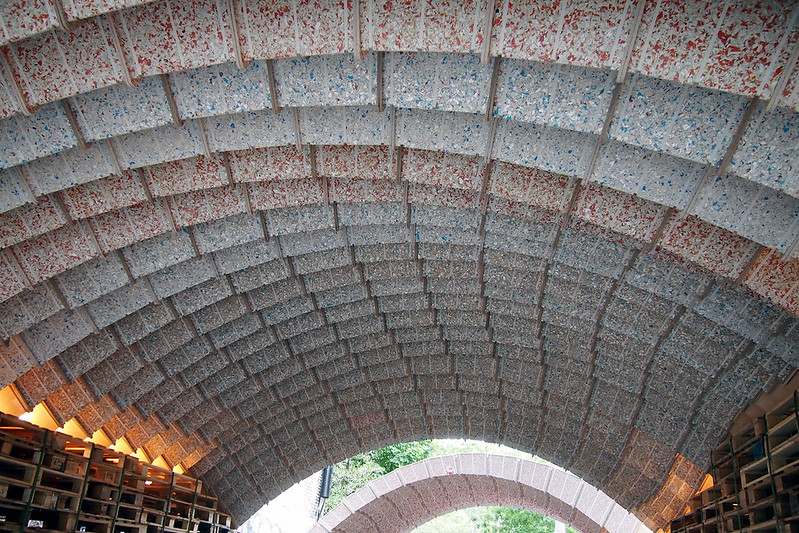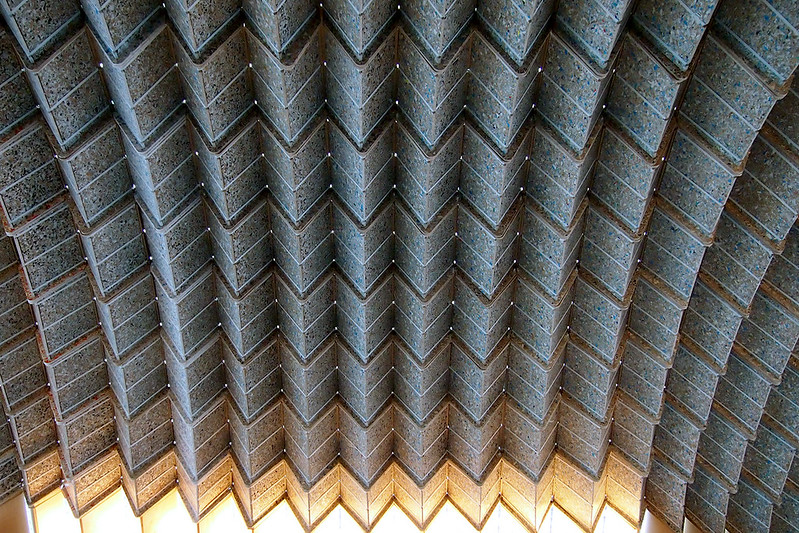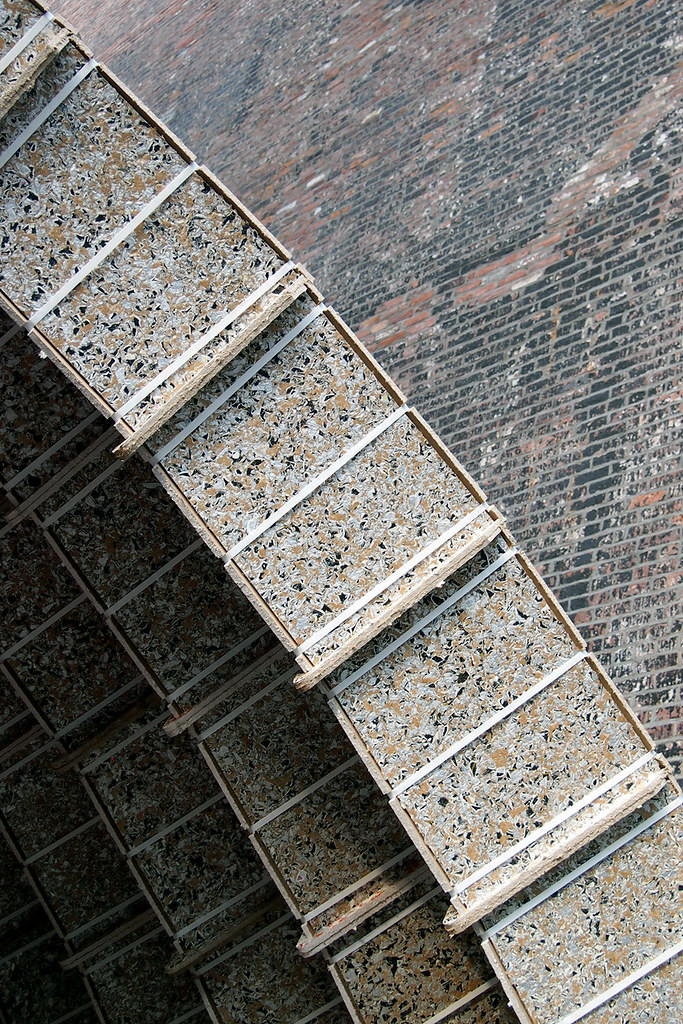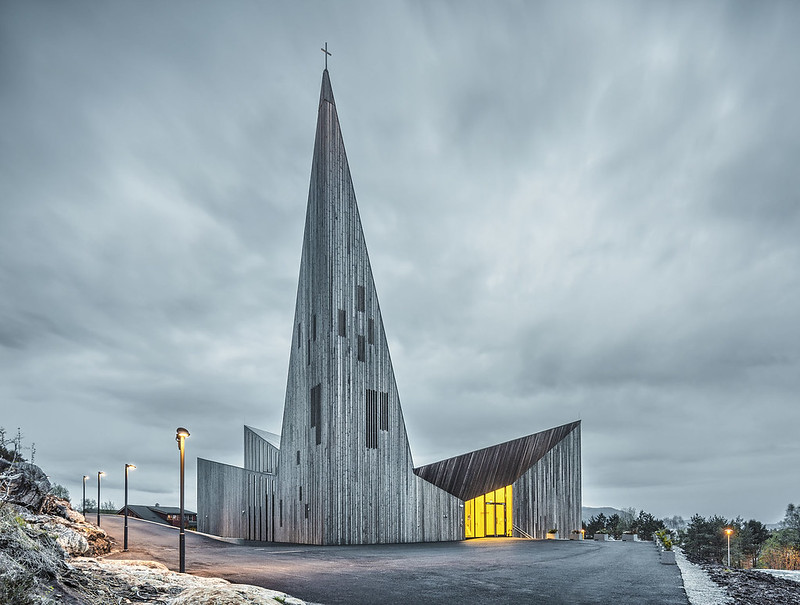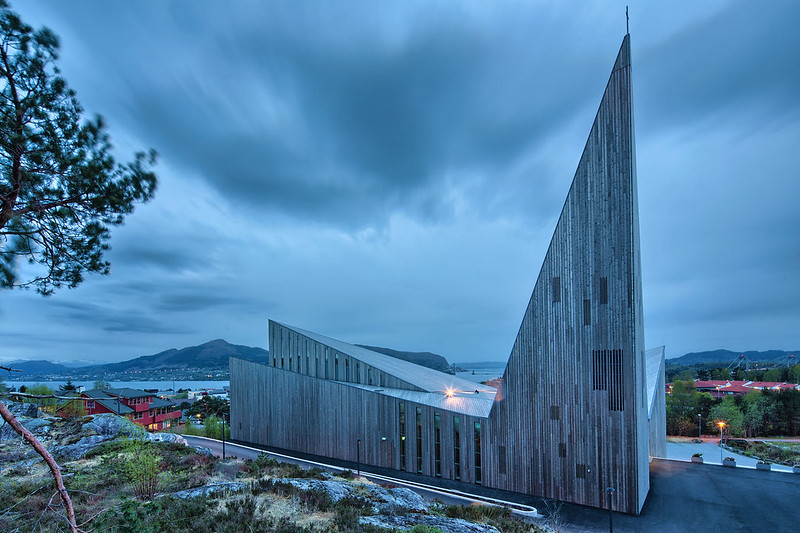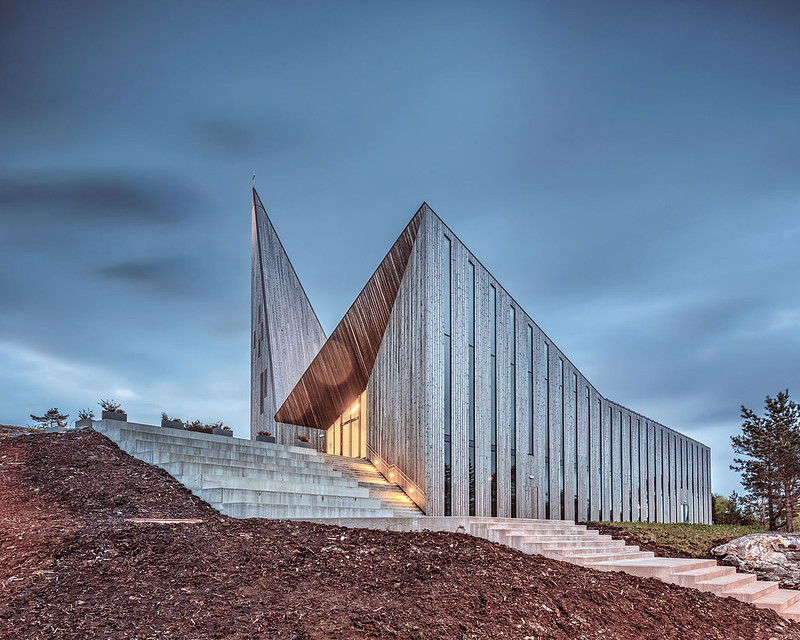Portraits of the New Architecture 2 by Richard Schulman
Assouline, 2015
Hardcover, 170 pages

As the title to this coffee table book makes clear, it is the second Portraits book by photographer Richard Schulman; the first was released in 2004. Paul Goldberger, in his introduction, states Schulman didn't intend that book to be the first in a series, and when my sister got me the book for my birthday a decade ago, I can't say I considered it the first installment of a series either (in my review, though, I did say a future update would be good, to make up for a geographical bias). But it makes sense to do it again. The format – portraits of well known architects paired with photographs of one of their recent buildings – is a unique and compelling way of presenting contemporary architecture and the personalities creating it.

A good deal has changed in the eleven years since the first Portraits, be it in terms of architectural form making, how information about architecture is disseminated, and the architects designing the buildings that get the most media attention. In regards to the last, even though some of the architects in Portraits 2 – Tatiana Bilbao, Bjarke Ingels, nARCHITECTS, SO-IL, WORKac, etc. – are too young to have been considered for the first book, there are older generations in the same pages: David Chipperfield, Fumihiko Maki, Paulo Mendes da Rocha, Rafael Moneo, Moshe Safdie, and Alvaro Siza, to name a few. This diversity indicates that Schulman takes a broad approach to presenting architects and their buildings, and that the roughly 30-50 spots in each book is not enough to cover all of the worthy architects. Perhaps a third installment will arrive sooner than 2026.

Although much has changed in the decade since the first book, Schulman's style of photography is relatively consistent; it's not unchanged, but with the portraits in particular his distinct approach to lighting, framing, and composition is apparent. As in the first book, Schulman likes strong shadows, colored lights, and settings conducive to comfort – many of the architects are filmed in their offices, at home, or inside one of their buildings. Most of the portraits are full-body or waist-up shots, and most of the architects are found indoors, so exceptions to these tendencies stand out: a close-up of Tatiana Bilbao pressing her forehead to a window to look down and Fumihiko Maki standing on a Manhattan rooftop, as two examples.
But when so many photographers (professional and amateur alike) are washing out shadows with too much white light, I most appreciate Schulman's dark shadows, more evident in the portraits but present as well in the shots of buildings. There is something to be said for using shadows to emphasize a shape or a space, whatever the case may be, and to let the shadows describe something to the viewer in a way that doesn't reveal everything. Ultimately the book – its portraits, individual buildings, and short, two-paragraph descriptions by Schulman – does a similar thing: it gives a taste of the architects and their creations, all the while using his photographs as a link between the two.
Assouline, 2015
Hardcover, 170 pages

As the title to this coffee table book makes clear, it is the second Portraits book by photographer Richard Schulman; the first was released in 2004. Paul Goldberger, in his introduction, states Schulman didn't intend that book to be the first in a series, and when my sister got me the book for my birthday a decade ago, I can't say I considered it the first installment of a series either (in my review, though, I did say a future update would be good, to make up for a geographical bias). But it makes sense to do it again. The format – portraits of well known architects paired with photographs of one of their recent buildings – is a unique and compelling way of presenting contemporary architecture and the personalities creating it.

A good deal has changed in the eleven years since the first Portraits, be it in terms of architectural form making, how information about architecture is disseminated, and the architects designing the buildings that get the most media attention. In regards to the last, even though some of the architects in Portraits 2 – Tatiana Bilbao, Bjarke Ingels, nARCHITECTS, SO-IL, WORKac, etc. – are too young to have been considered for the first book, there are older generations in the same pages: David Chipperfield, Fumihiko Maki, Paulo Mendes da Rocha, Rafael Moneo, Moshe Safdie, and Alvaro Siza, to name a few. This diversity indicates that Schulman takes a broad approach to presenting architects and their buildings, and that the roughly 30-50 spots in each book is not enough to cover all of the worthy architects. Perhaps a third installment will arrive sooner than 2026.

Although much has changed in the decade since the first book, Schulman's style of photography is relatively consistent; it's not unchanged, but with the portraits in particular his distinct approach to lighting, framing, and composition is apparent. As in the first book, Schulman likes strong shadows, colored lights, and settings conducive to comfort – many of the architects are filmed in their offices, at home, or inside one of their buildings. Most of the portraits are full-body or waist-up shots, and most of the architects are found indoors, so exceptions to these tendencies stand out: a close-up of Tatiana Bilbao pressing her forehead to a window to look down and Fumihiko Maki standing on a Manhattan rooftop, as two examples.
But when so many photographers (professional and amateur alike) are washing out shadows with too much white light, I most appreciate Schulman's dark shadows, more evident in the portraits but present as well in the shots of buildings. There is something to be said for using shadows to emphasize a shape or a space, whatever the case may be, and to let the shadows describe something to the viewer in a way that doesn't reveal everything. Ultimately the book – its portraits, individual buildings, and short, two-paragraph descriptions by Schulman – does a similar thing: it gives a taste of the architects and their creations, all the while using his photographs as a link between the two.

